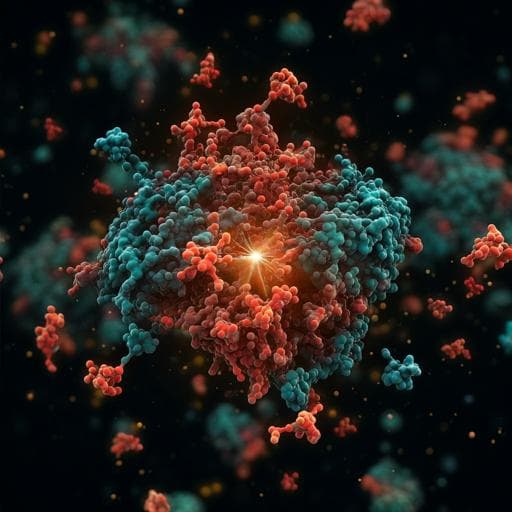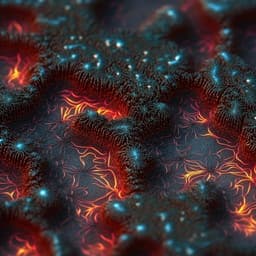
Chemistry
SEMORE: SEgmentation and MORphological fingErprinting by machine learning automates super-resolution data analysis
S. W. B. Bender, M. W. Dreisler, et al.
Discover how the groundbreaking SEMORE framework leverages machine learning for universal analysis of super-resolution data, unlocking new insights into protein assemblies and their morphology evolution. This innovative research was conducted by Steen W. B. Bender, Marcus W. Dreisler, Min Zhang, Jacob Kæstel-Hansen, and Nikos S. Hatzakis from the University of Copenhagen.
~3 min • Beginner • English
Related Publications
Explore these studies to deepen your understanding of the subject.







